
The declaration that “a rose is a rose is a rose” is one of Gertrude Stein’s best-known lines. Now, with an upcoming body of work called Ill Form & Void Full, photographer Laura Letinsky—who is a fan of Stein’s—has her own take on the idea: “What’s the difference between having a picture of an apple and having an apple and having a picture of a picture of an apple?” she asks. “If you take a picture of a picture of an apple or if you take a picture of an apple, it ends up being the same thing. It’s still a photograph and it’s always distant.”
The work, which will be exhibited at Yancey Richardson Gallery in New York City from Sept. 6 – Oct. 20, is a series of still-life photographs in which the tableaux are constructed from objects as well as pictures of objects. The title of the series is itself a reference to Stein, says Letinsky, who was inspired by the writer’s ability to make a word carry more than one meaning.
Letinsky, who has been making still-life photography since 1994, is familiar with double-meanings and illusions. She says that her interest in the genre came partially from the way objects speak to material desire, the way that the realm of the home is staged—in much the same way that a photograph of a piece of fruit can be placed on a real table. “We still want to think of [domestic life] as some sort of natural or organic presence,” she says. “It isn’t; it’s a constantly fluctuating and manufactured idea.”
In addition, the line between still-life art and advertising has blurred, she says, causing levels of meaning to expand. Whereas Letinsky can point to the four clearly delineated areas of art that would have existed hundreds of years ago—historical narrative, landscape, portrait, still life—today a still life’s common, commercial use has also made the genre a form of portraiture. “It’s very revelatory of identity in the general sense of being about a portrait of a culture, how culture values things, what things are deemed important,” says Letinsky. “The photograph figures on the one hand as making us feel like we have something, and yet we don’t have it, so it sets up a desire for the thing.”
And, for Letinsky, that ambiguity, the question of whether we have something in a photograph or we just want to have it (and, in turn, whether the object is an object or an image), is central to Ill Form & Void Full. The work—which she says is not meant to be pessimistic—questions whether photography ever shows us anything real, or if we just see what we want to see. So, in the end, when it comes to this work, it turns out that there’s a common phrase even more appropriate than the one about the rose: “It ends up becoming a kind of chicken-egg problem,” says Letinsky. “We produce the culture that we consume that we produce that we consume.”
Laura Letinsky is a Canada-born photographer. She was awarded a Guggenheim Fellowship in 2000. More of her work can be seen here. Ill Form & Void Full will be on view at Yancey Richardson Gallery in New York City, Sept. 6 – Oct. 20.
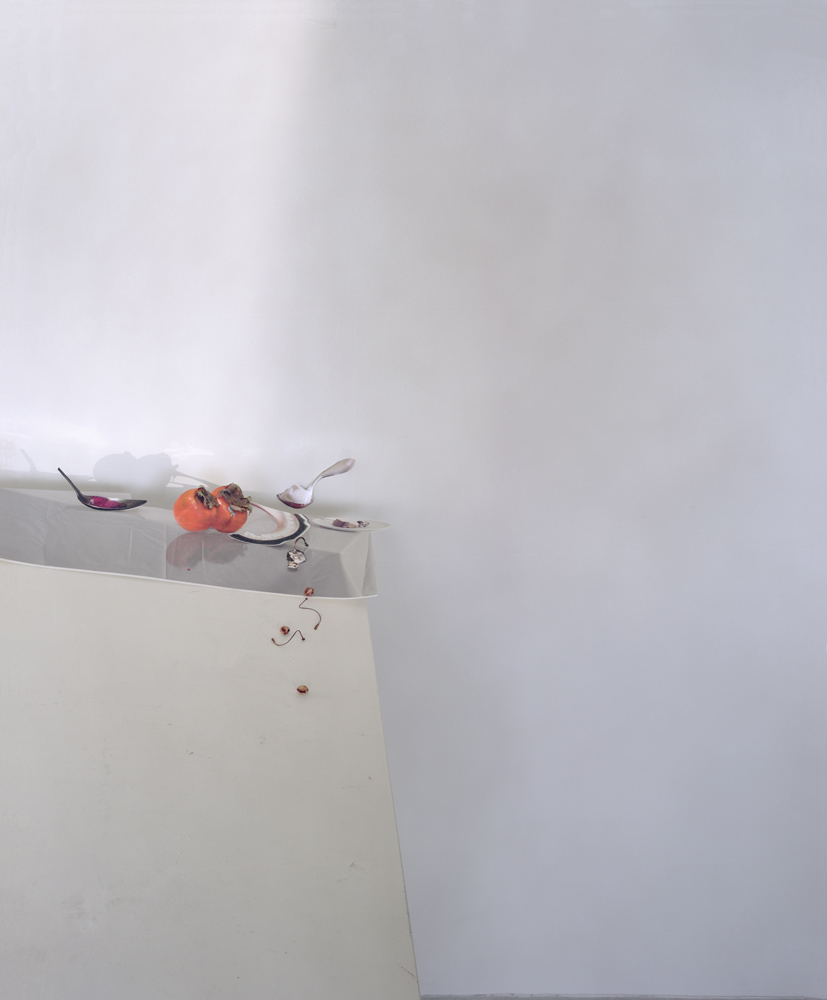
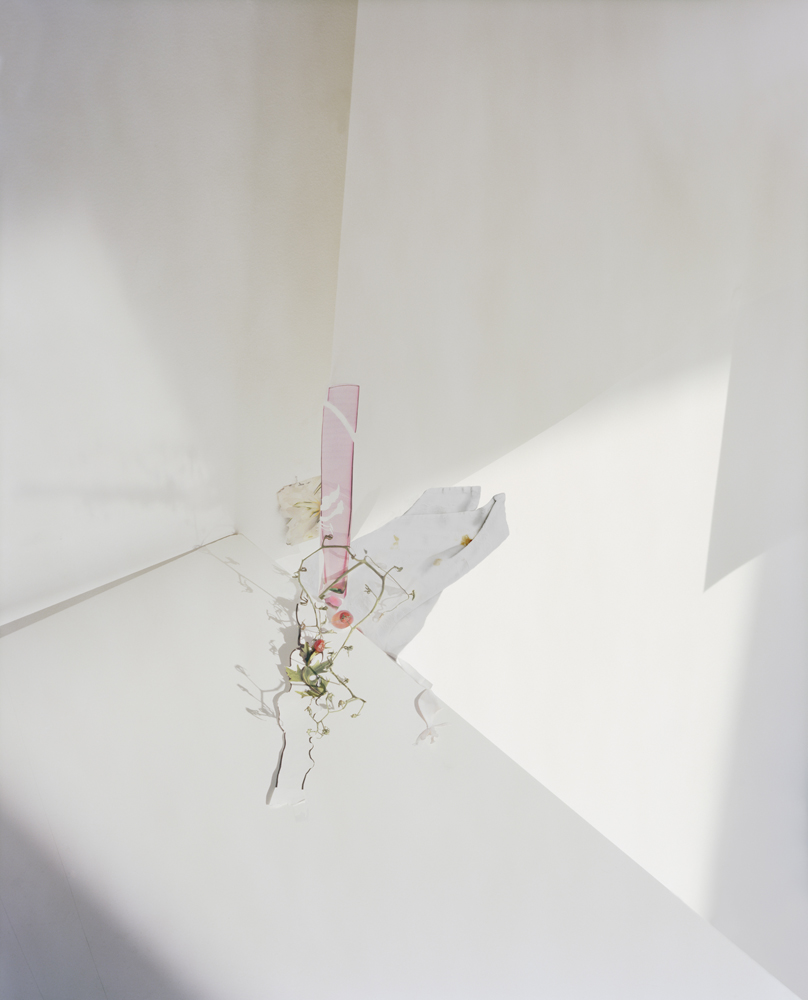
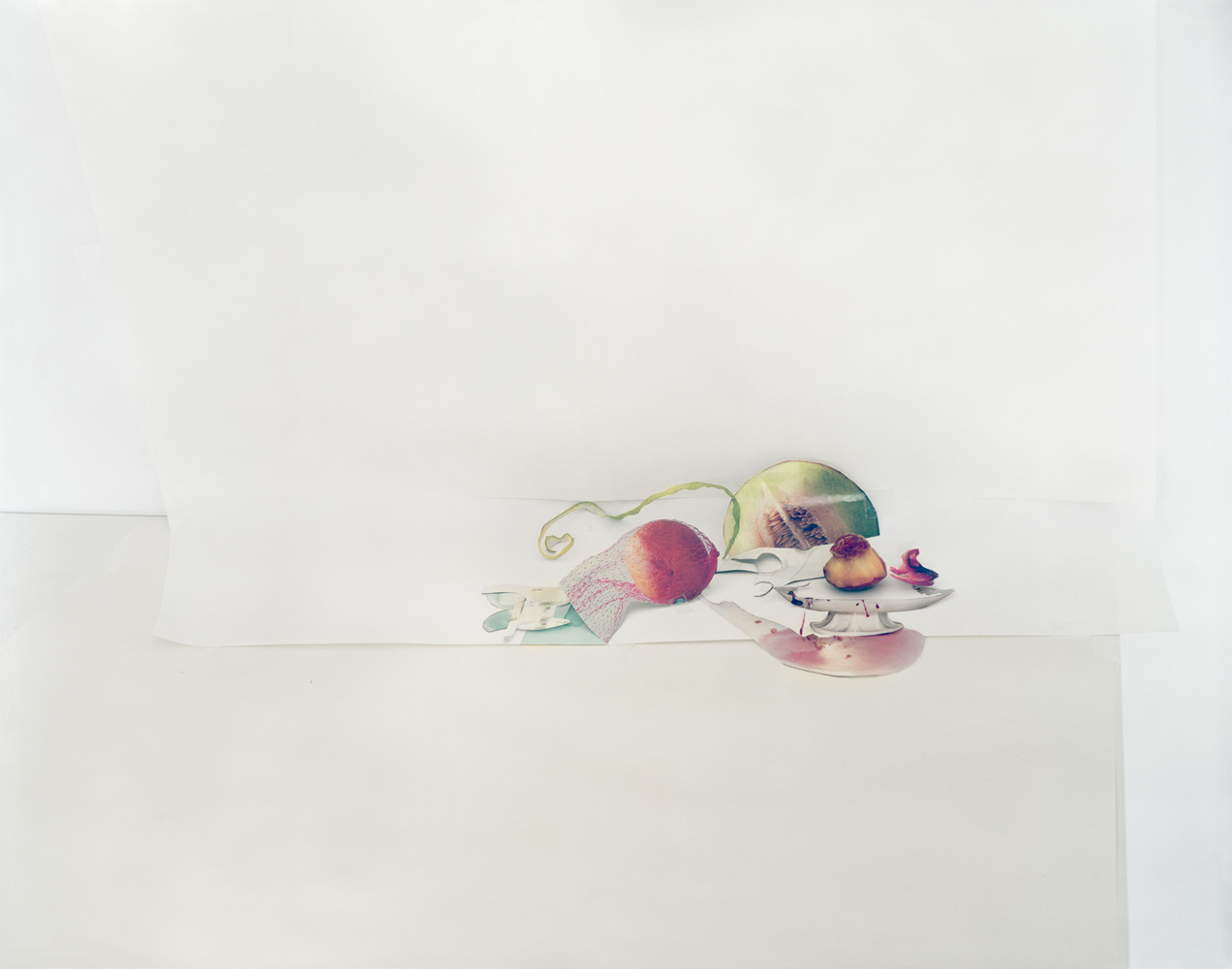

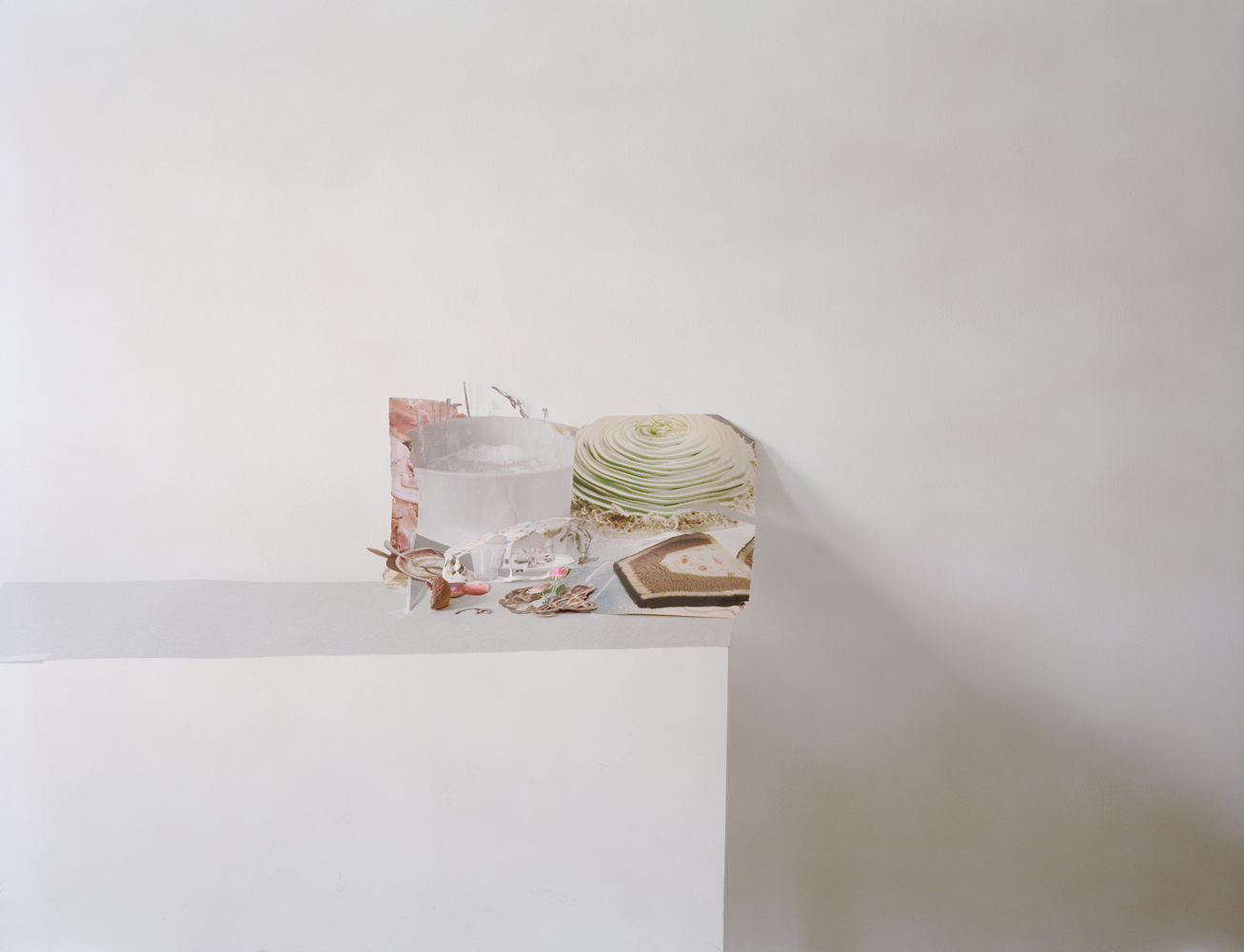
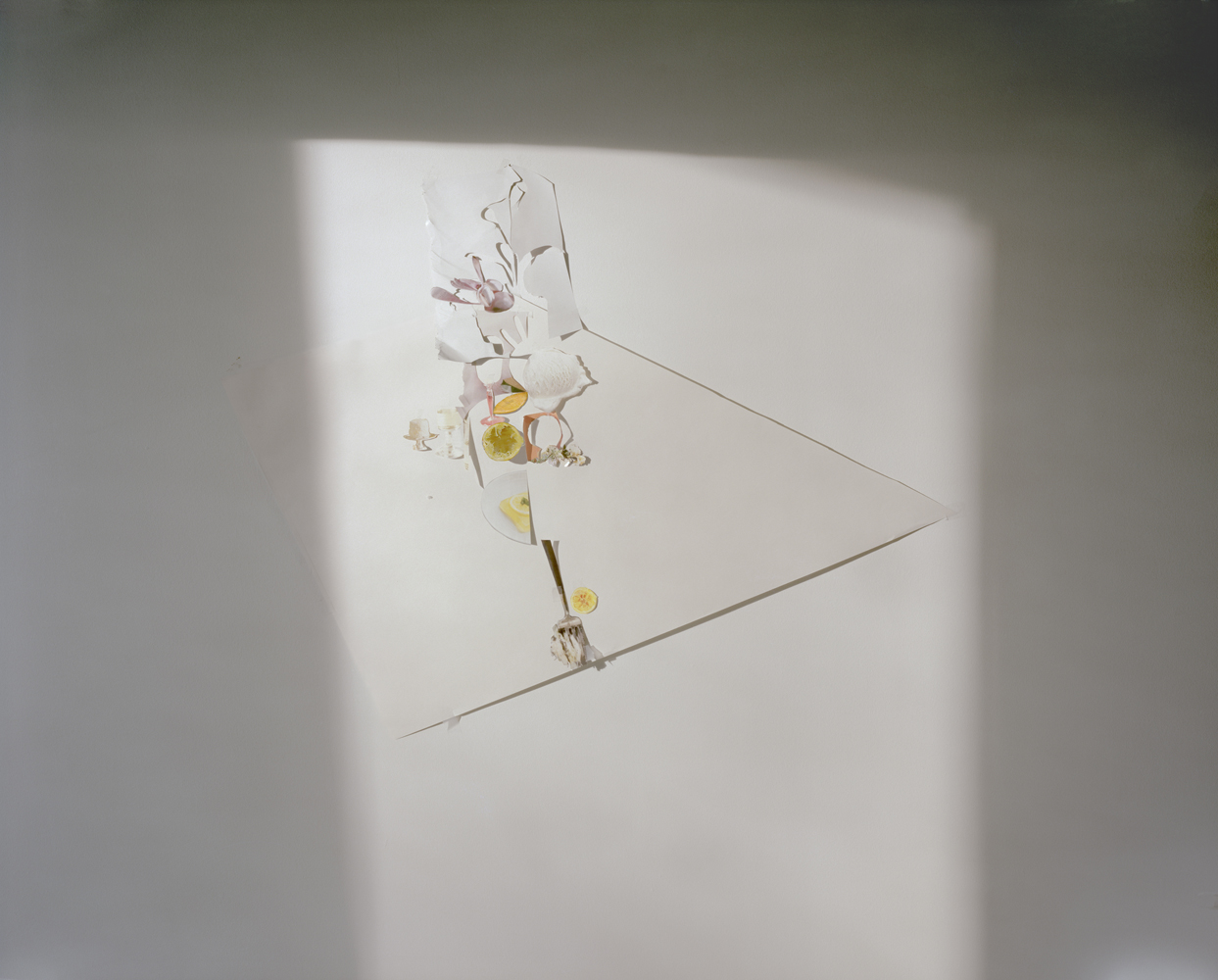
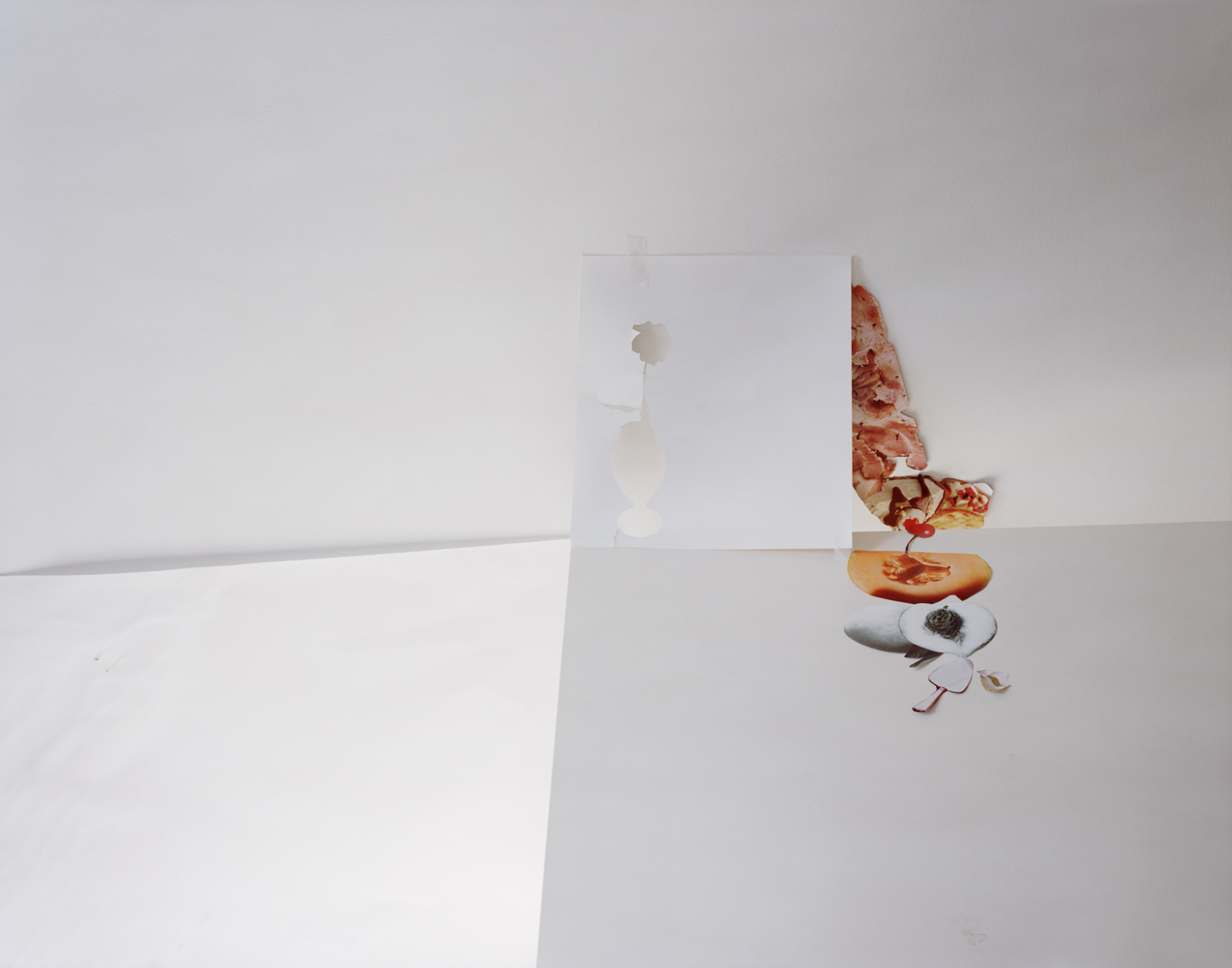
More Must-Reads from TIME
- Cybersecurity Experts Are Sounding the Alarm on DOGE
- Meet the 2025 Women of the Year
- The Harsh Truth About Disability Inclusion
- Why Do More Young Adults Have Cancer?
- Colman Domingo Leads With Radical Love
- How to Get Better at Doing Things Alone
- Michelle Zauner Stares Down the Darkness
Write to Lily Rothman at lily.rothman@time.com